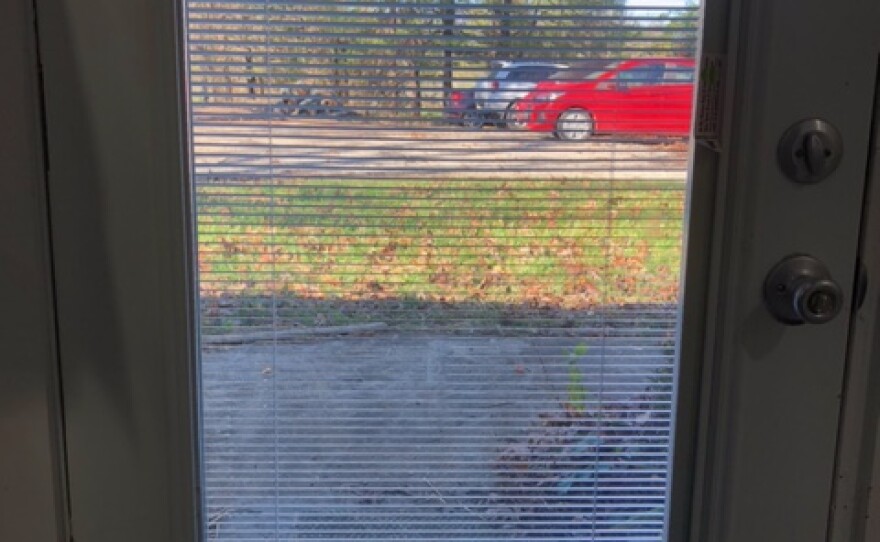If you think you saw fewer birds flying south, this fall, you’re right. Billions have disappeared from the skies in recent years and that affects many other species, including humans. The number one cause of bird loss is their persistent predator-- cats. And right after that, is window glass, that tricks birds into thinking they have a clear path ahead.

Radford University is nestled along the New River in southwestern Virginia. The river is an important flyway for migrating birds, but new studies by the university show a troubling increase in birds flying into glass windows and dying in record numbers.
Karen Powers is a wildlife biologist at Radford. For 3 years, she and her students documented a rise in bird-window collisions on campus. The culprit turns out to be a growing number of modern buildings with lots of glass.
“They see the vegetation reflected; they see the sky reflected. They can't perceive the difference like we can,” says Powers, who also serves faculty advisor of Radford University’s Student Chapter of The Wildlife Society
“And we've got, especially during migratory season, a lot of birds running into these big multi-story glass windows.”
And even as the number of bird-window collision rises, what’s even more deadly to birds overall? “Number one is cats,” says Sabrina Garvin, executive director of Southwest Virginia Wildlife Center in Roanoke.
“My cats are indoors. (I) do not believe in letting cats outdoors. They're not part of nature," Garvin says. "They're a domestic breed. So, humans need to understand, they're not helping when they let their cat outside because they’re one of the few animals that hunt, even when they're not hungry, they hunt.”
Powers and Garvin are working together to come up with new ways to make our buildings less deadly to birds.
There are special internal window films and screens that cut down on reflections, but even a low-tech approach can work well, says Garvin. “We tell people if they've got young children, let them have, water-based paints, paint the windows, something for the holiday."
Powers says inexpensive window decals can help keep birds from flying into windows. “You can get these on these decals online for $7 or $8. They're not tacky. You can choose butterflies, birds, dots, lines, any of that can make a simple difference."
Garvin and Powers urge people to keep their cats indoors and to put decals or other designs on their windows especially during migration, because birds are able to see those and fly clear of them.




